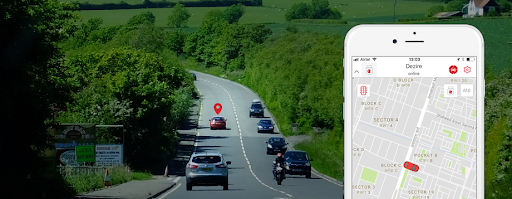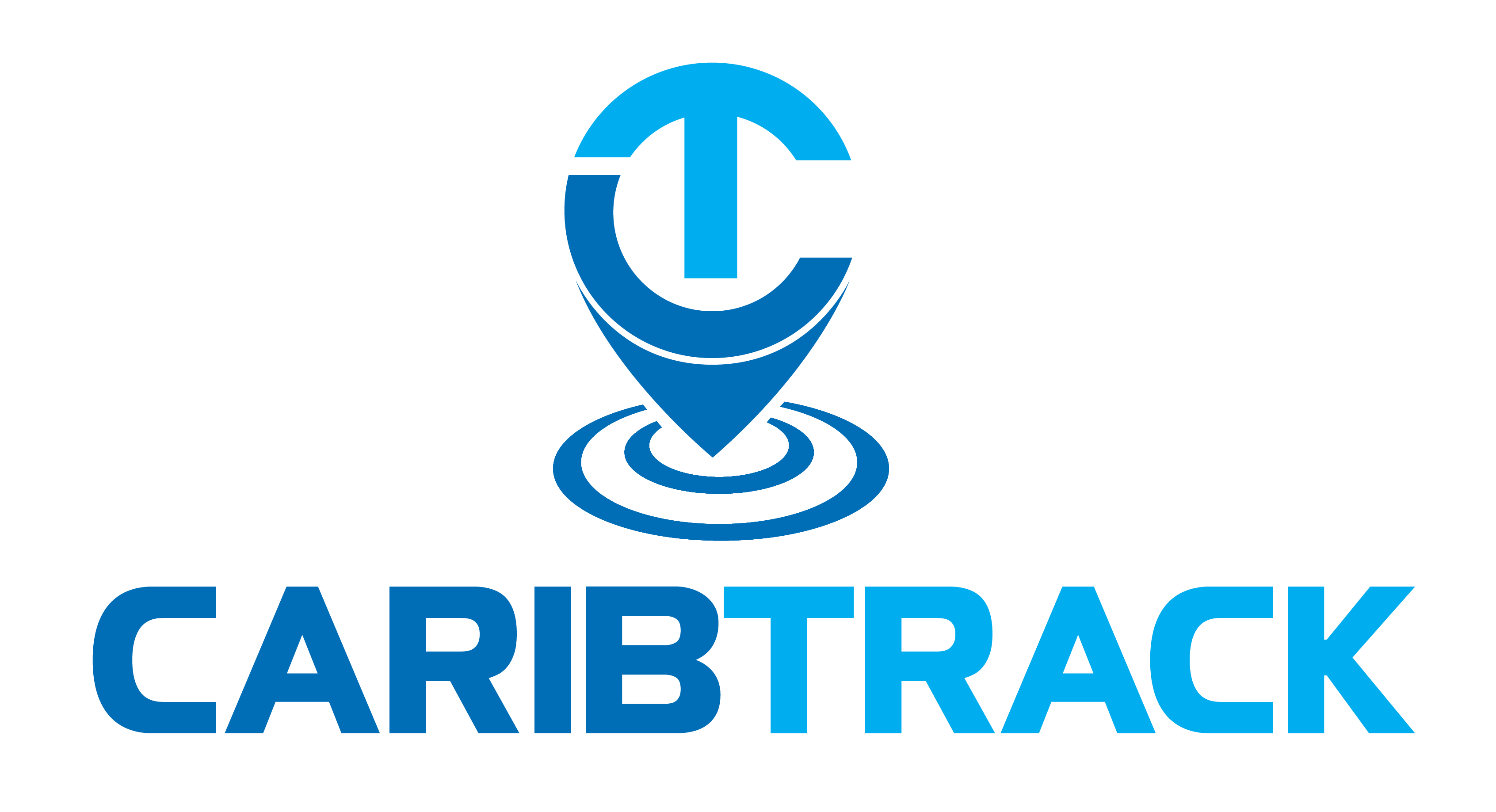
GPS tracking involves using the Global Positioning System (GPS) to determine and monitor the precise location of a person, vehicle, or object in real-time. GPS tracking is widely used in various applications, such as personal navigation, fleet management, asset tracking, and security.
1. How GPS Tracking Works:
GPS Satellites: The system relies on a network of at least 24 satellites orbiting the Earth. These satellites constantly send signals that include the satellite’s location and the exact time the signal was transmitted.
GPS Receiver: A GPS receiver in the tracking device picks up signals from multiple satellites. By calculating the time it takes for the signals to reach the receiver, the device can determine its precise location through a process called trilateration.
Data Transmission: The location data is then sent to a central server using cellular networks (GSM/3G/4G), satellite communication, or other wireless networks. This server processes the data and makes it available to users through software applications or web interfaces.
